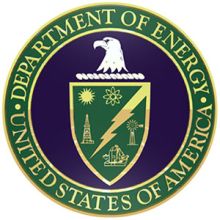Hydrogen seeing competitive fuel stations: French fuel company Air Liquide just released a new product in the US that can make hydrogen competitive with the average gasoline and diesel fuel station. Its high capacity of 1,000 kg 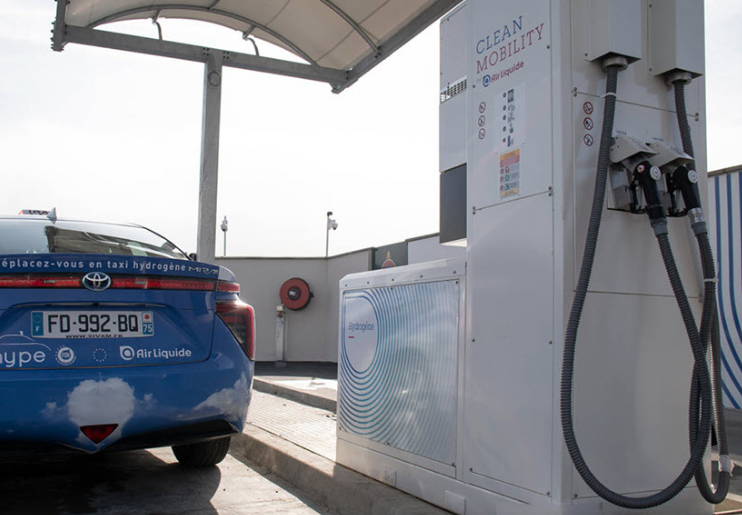 and dual filling positions are capable of fueling 250 vehicles per day. That will make it quite competitive with gas stations that can fuel up to 1,000 cars a day. A hydrogen station with four-to-six of these new pumps can be quite competitive with gas stations. Hydrogen stations in California are already going this route, thanks in part to the new capacity credit in the state’s Low Carbon Fuel Standard. First Element/True Zero now offers a 25 percent emissions reduction at its new Oakland station compared to the company’s other stations. Of hydrogen stations opening up in the near future, three will offer two fueling positions with a dispensing capacity of 800 kg, and many will offer three or four fueling positions at 1,200 kg stations, according to California Fuel Cell Partnership. Hydrogen is continuing its trajectory as a commercially viable clean fuel — meeting stringent zero emission vehicle and LCFS in California and other states, and finding growth in Japan, South Korea, and European fueling stations.
and dual filling positions are capable of fueling 250 vehicles per day. That will make it quite competitive with gas stations that can fuel up to 1,000 cars a day. A hydrogen station with four-to-six of these new pumps can be quite competitive with gas stations. Hydrogen stations in California are already going this route, thanks in part to the new capacity credit in the state’s Low Carbon Fuel Standard. First Element/True Zero now offers a 25 percent emissions reduction at its new Oakland station compared to the company’s other stations. Of hydrogen stations opening up in the near future, three will offer two fueling positions with a dispensing capacity of 800 kg, and many will offer three or four fueling positions at 1,200 kg stations, according to California Fuel Cell Partnership. Hydrogen is continuing its trajectory as a commercially viable clean fuel — meeting stringent zero emission vehicle and LCFS in California and other states, and finding growth in Japan, South Korea, and European fueling stations.
Need some consulting and research support? For those of you interested in finding consulting and research support services, see my LinkedIn page for details on my offerings. Stakeholders in clean transportation, fuels and energy, advanced vehicle technologies, sustainability, and market intelligence, are looking forward to the chaos coming from COVID-19 and social upheaval in many of our cities starting to stabilize. They’re beginning to see signs of a the “new normal” emerging, meaning that consulting and research projects for clients in corporations, government agencies, universities, and the like, are starting to show signs of coming back. I’m putting out the word on my availability to provide services to support your team getting back on track — from a work history and skillset in editorial, market research, and business analysis and consulting.
SpaceX breakthrough and Musk’s reputation: While rioting and the Minneapolis incident that caused it, and the toll of Covid-19, have been depressing, there was one bright spot over the weekend. On Saturday, SpaceX became the first private company to send humans into space. A day later, the two NASA astronauts, Robert Behnken and Douglas Hurley, docked at the International Space Station on board SpaceX’s Dragon capsule. Good news for the company’s CEO, Elon Musk, who also runs Tesla — and can be the center of criticism coming from his fiery personality and management tactics. On the other hand, both companies can benefit from Musk’s presence — such as Tesla seeing its stock price go back up after SpaceX’s success. “Elon Musk is every bit as identified with the creation and ambition of SpaceX as he is with Tesla,” wrote Adam Jonas, an automotive analyst for Morgan Stanley, after the launch. “As such, we believe the success of SpaceX in achieving some of the most sophisticated challenges in science has a direct bearing on public, investor and government perception of his ability to lead and execute.”
Then there’s the dark side. ”Musk is very much more directly involved in the day-to-day management of the company than he is at SpaceX,” said Sam Abuelsamid, an auto analyst for consultancy Guidehouse LLP. “And I think that shows in the execution, which tends to be shoddy and half-assed.”
Nikola gets the backing it needs: VectoIQ Acquisition announced yesterday that its much-anticipated merger with hydrogen-powered heavy-duty truck maker Nikola Motor has closed, a day after its shareholders voted to approve the transaction. The deal provides Nikola with more than $700 million in new cash, much of it from a related “PIPE” (private investment in public equity) transaction where investors bought shares of the combined company at a discounted price. One part of Nikola’s appeal has has been offering buyers their choice of big rigs powered by a proprietary high-energy-density battery or a hydrogen fuel cell. Nikola reports that it has over 14,000 pre-order reservations for the trucks, representing more than $10 billion in potential sales.
Subaru takes sustainability award: Subaru of America, along with the National Parks Conservation Association (NPCA), announced they have been awarded the 2020 Silver Halo Award in the ‘Best Sustainability Initiative’ category by Engage for Good. The automaker and NPCA were recognized for the Don’t Feed the Landfills initiative, an environmentally focused campaign aimed at preserving national parks. Since 2015, Subaru of America has worked with NPCA and the National Park Foundation (NPF) toward a shared goal of reducing landfill waste in America’s national parks. That’s led to achievements such as the pilot parks nearly doubling their recycling and composting capabilities, keeping more than 16 million pounds of waste out of landfills, which is equivalent to the weight of 40,000 grizzly bears.
Sprinter van 25 year anniversary: The Mercedes-Benz Sprinter commercial van is celebrating its 25 year anniversary. The van built in Germany made its way to the US in 2001 offering a state-of-the art van built for cargo movement in increasingly congested urban markets. As part of the 1998 merger with Daimler, Chrysler began offering the Dodge Sprinter. In 2014, that platform changes with the Ram ProMaster coming from Chrysler and Daimler keeping the Mercedes-Benz Sprinter alive and well in the US and other markets. Today, both manufacturers serve commercial clients like Amazon in its 30,000 unit delivery van fleet. That will be changing in the near future when Amazon adds 100,000 Rivian electric vans.

 rides provided by Uber, Lyft, Via, Curb, and other firms, are usually taking away even more low fuel consumption and displacing mobility such as public transportation, biking, or walking. UCS recommends that these companies take efforts to electrify their fleets and increase their pooled rides. “For ride-hailing to contribute to better climate and congestion outcomes, trips must be pooled and electric, displace single-occupancy car trips more often, and encourage low-emissions modes such as mass transit, biking, and walking,” the report says.
rides provided by Uber, Lyft, Via, Curb, and other firms, are usually taking away even more low fuel consumption and displacing mobility such as public transportation, biking, or walking. UCS recommends that these companies take efforts to electrify their fleets and increase their pooled rides. “For ride-hailing to contribute to better climate and congestion outcomes, trips must be pooled and electric, displace single-occupancy car trips more often, and encourage low-emissions modes such as mass transit, biking, and walking,” the report says. Green Score of 64. Winners of the award issued annually by the American Council for an Energy-Efficient Economy (ACEEE) earn a high Green Score rating based on an environmental damage index (EDX). The index estimates pollution from vehicle manufacturing, the production and distribution of fuel, and vehicle tailpipes. ACEEE found that what makes this year’s award winner and others on the top ranking stand out is affordable, efficient, tech-smart vehicles that are now on the market, offering consumers plenty of options for buying a greener vehicle. The Ioniq was acknowledged for bringing high efficiency in a practical size. The Mercedes-Benz Smart Fortwo Electric Drive, BMW i3, Kia Soul Electric, Ford Focus Electric, and Honda Clarity also took places among the greenest vehicles on the market. ACEEE also issued the Meanest List leaning toward large SUVs, loaded pickup trucks, heavier medium-duty vehicles, and European luxury cars that are the least friendly to the environment. The Mercedes Benz G550 took the lowest score of 19.
Green Score of 64. Winners of the award issued annually by the American Council for an Energy-Efficient Economy (ACEEE) earn a high Green Score rating based on an environmental damage index (EDX). The index estimates pollution from vehicle manufacturing, the production and distribution of fuel, and vehicle tailpipes. ACEEE found that what makes this year’s award winner and others on the top ranking stand out is affordable, efficient, tech-smart vehicles that are now on the market, offering consumers plenty of options for buying a greener vehicle. The Ioniq was acknowledged for bringing high efficiency in a practical size. The Mercedes-Benz Smart Fortwo Electric Drive, BMW i3, Kia Soul Electric, Ford Focus Electric, and Honda Clarity also took places among the greenest vehicles on the market. ACEEE also issued the Meanest List leaning toward large SUVs, loaded pickup trucks, heavier medium-duty vehicles, and European luxury cars that are the least friendly to the environment. The Mercedes Benz G550 took the lowest score of 19.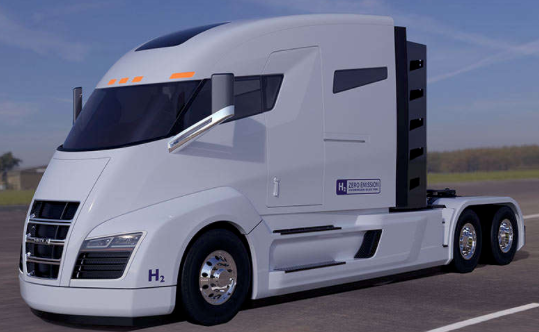 plans to build
plans to build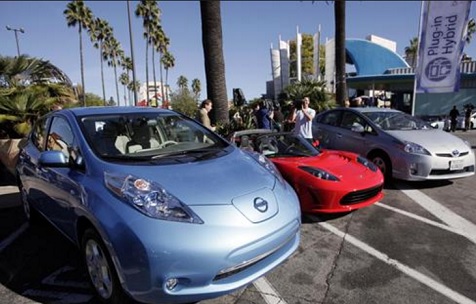 ozzella, president of the Association of Global Automakers, made the argument that California is favoring electric and fuel cell vehicles over more practical advanced gasoline engines, lighter materials, and other technologies to reduce fuel consumption and greenhouse gas emissions. While automakers have supported the ZEV mandate adopted by California and nine other states, automakers are hoping the Trump administration and Congress will soften he standards. ”The ZEV program produces no incremental nationwide GHG emission benefits despite the high burden placed on vehicle manufacturers. Current corporate average fuel economy and GHG emissions standards already specify each manufacturer’s total fleet-wide emissions, and therefore, in a system that averages together all vehicles in a manufacturer’s fleet, the fleet-wide emissions standards act as a cap when combined with an overall compliance fleet strategy,” Bozzella said.
ozzella, president of the Association of Global Automakers, made the argument that California is favoring electric and fuel cell vehicles over more practical advanced gasoline engines, lighter materials, and other technologies to reduce fuel consumption and greenhouse gas emissions. While automakers have supported the ZEV mandate adopted by California and nine other states, automakers are hoping the Trump administration and Congress will soften he standards. ”The ZEV program produces no incremental nationwide GHG emission benefits despite the high burden placed on vehicle manufacturers. Current corporate average fuel economy and GHG emissions standards already specify each manufacturer’s total fleet-wide emissions, and therefore, in a system that averages together all vehicles in a manufacturer’s fleet, the fleet-wide emissions standards act as a cap when combined with an overall compliance fleet strategy,” Bozzella said.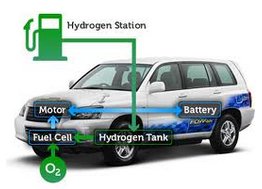 vehicle subsidies and pushing vehicle manufacturers to take light duty and heavy duty fuel cells more seriously. About 2,500 trucks and buses powered by hydrogen were deployed in 2017 compared to almost none in 2016. China faces a real challenge seen in other countries – there are only seven hydrogen fueling stations in the country with range limitations placed on the fuel cell vehicles. About 30% more fuel cell power globally was shipped in 2017 than 2016, and nearly 10,000 more units, according the the study. The study looks at three fuel segments in global markets – portable units, stationary units that provide electricity to corporate customers, and transport that includes passenger vehicles like the Toyota Mirai and heavy-duty vehicles like fuel cell transit buses. Trains and marine markets are also explored in the report, with growth seen in both sectors.
vehicle subsidies and pushing vehicle manufacturers to take light duty and heavy duty fuel cells more seriously. About 2,500 trucks and buses powered by hydrogen were deployed in 2017 compared to almost none in 2016. China faces a real challenge seen in other countries – there are only seven hydrogen fueling stations in the country with range limitations placed on the fuel cell vehicles. About 30% more fuel cell power globally was shipped in 2017 than 2016, and nearly 10,000 more units, according the the study. The study looks at three fuel segments in global markets – portable units, stationary units that provide electricity to corporate customers, and transport that includes passenger vehicles like the Toyota Mirai and heavy-duty vehicles like fuel cell transit buses. Trains and marine markets are also explored in the report, with growth seen in both sectors.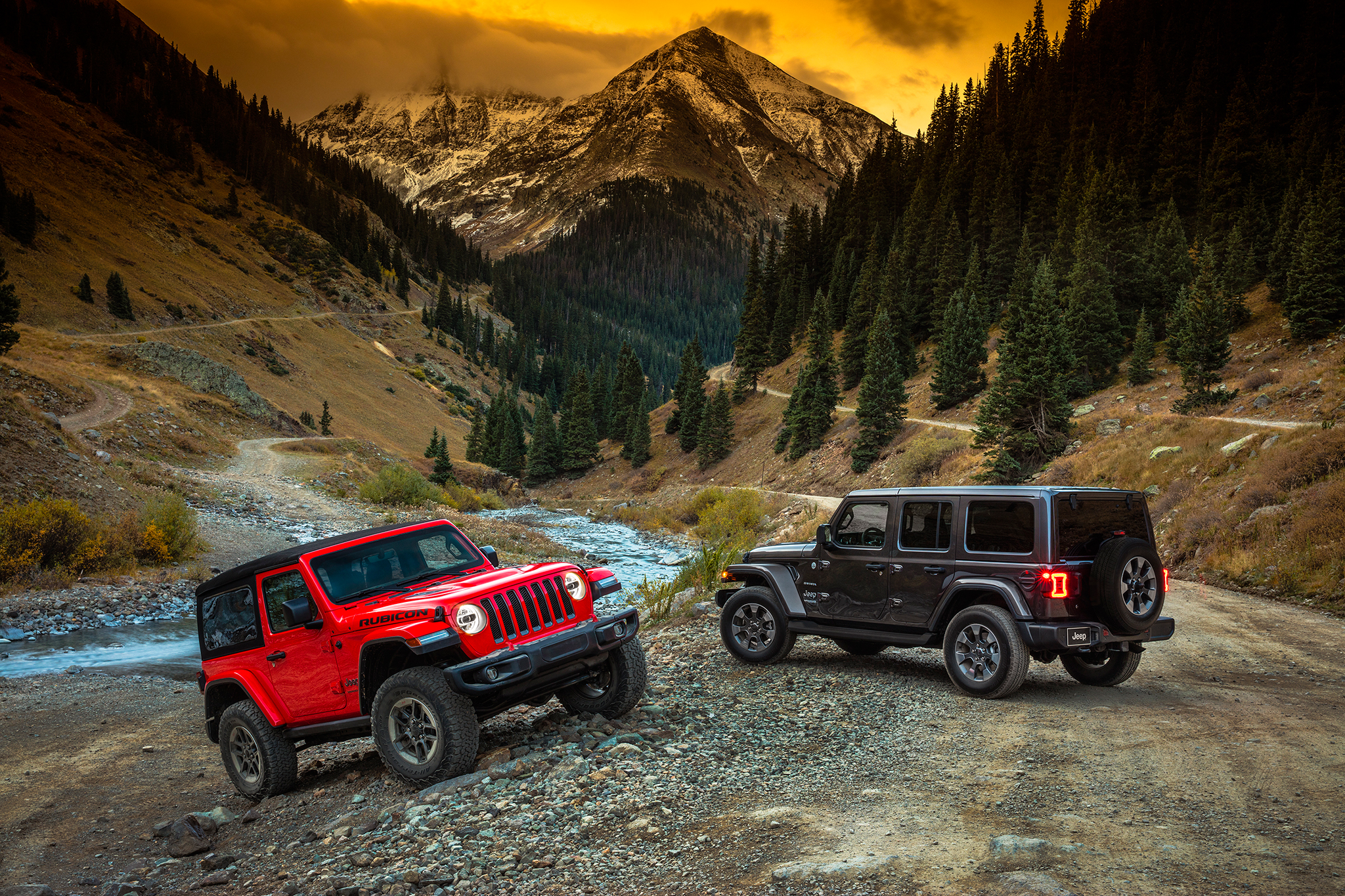 the refreshed 2018 Jeep Wrangler will come out
the refreshed 2018 Jeep Wrangler will come out  and economically feasible it is – is always being asked by fleet operators and other parties. Animal waste is much more appealing than natural gas, taking the landfill mass typical to agribusiness states like California and using it for something constructive. During the LA Auto show,
and economically feasible it is – is always being asked by fleet operators and other parties. Animal waste is much more appealing than natural gas, taking the landfill mass typical to agribusiness states like California and using it for something constructive. During the LA Auto show, 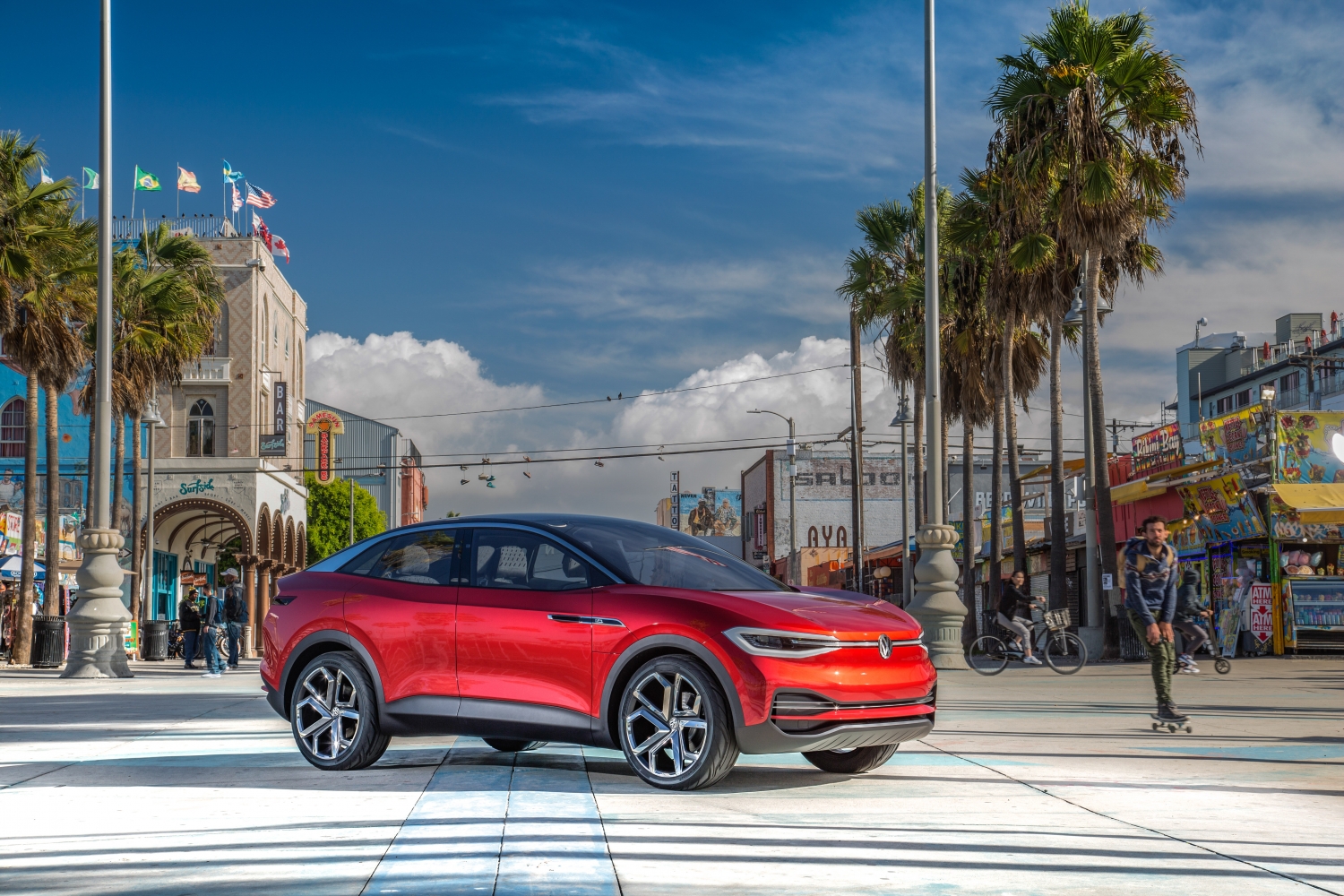 crossover based on its I.D. Crozz concept will be available in 2020. An 83-kWh lithium-ion battery pack with a pair of electric motors, one on each axle, will produce a combined 302 horsepower and an anticipated range of 300 miles. The I.D. Crozz will precede the I.D. Buzz microbus by about two years. The two were shown together with the I.D. concept car for the first time in North America…………… Two fledgling Tesla-competitors are facing contrasting scenarios, with Lucid Motors pulling ahead and Faraday Future struggling to raise funds.
crossover based on its I.D. Crozz concept will be available in 2020. An 83-kWh lithium-ion battery pack with a pair of electric motors, one on each axle, will produce a combined 302 horsepower and an anticipated range of 300 miles. The I.D. Crozz will precede the I.D. Buzz microbus by about two years. The two were shown together with the I.D. concept car for the first time in North America…………… Two fledgling Tesla-competitors are facing contrasting scenarios, with Lucid Motors pulling ahead and Faraday Future struggling to raise funds. 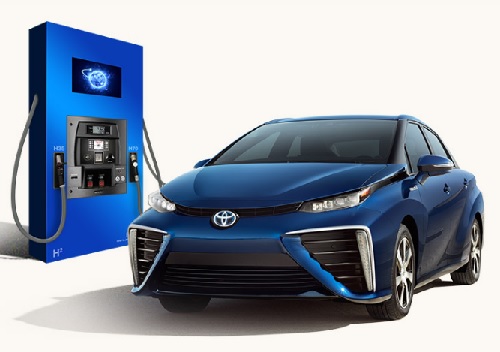 vehicles is going down he path of backing the Betamax over VHS in the 1980s,
vehicles is going down he path of backing the Betamax over VHS in the 1980s, 